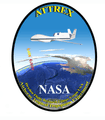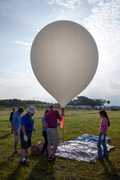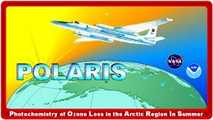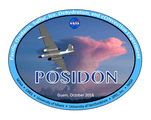NOAA Water (NW) is an airborne, two-channel, closed-path tunable diode laser absorption spectrometer developed by NOAA. It measures water vapor and enhanced total water content in the upper troposphere and lower stratosphere. Originally designed for installation on NASA’s Global Hawk Uncrewed Aircraft System (UAS), it can also be deployed on other high-altitude aircraft. It uses second harmonic detection near the 2.7 μm wavelength to measure water vapor. Its typical sampling frequency is 1 Hz.

Instrument Details
- Spectrometer/Radiometer
- Earth Science > Atmosphere > Atmospheric Water Vapor > Water Vapor Indicators > Water VaporEarth Science > Atmosphere > Atmospheric Water Vapor
- Lower Stratosphere, Troposphere
- 1 Hz
- Point
- 111.3 THz
- https://doi.org/10.5194/amt-8-211-2015
Troy Thornberry
Troy Thornberry
NOAA
NASA, NOAA
Unpublished
 Global Hawk 5 Campaigns · 28 Instruments |  Airborne Tropical Tropopause Experiment 2011—2015 California, Guam, Tropics 4 Deployments · 5 Data Products
| ||||||||||
 Campaign Balloons 85 Campaigns · 23 Instruments |  Photochemistry of Ozone Loss in the Arctic Region In Summer 1997 Arctic, Mid-latitudes 3 Deployments · 9 Data Products
| ||||||||||
 NASA WB-57 17 Campaigns · 83 Instruments |  Pacific Oxidants, Sulfur, Ice, Dehydration, and cONvection 2016 Guam, western Pacific 1 Deployment · 0 Data Products
|
Filter data products from this instrument by specific campaigns, platforms, or formats.